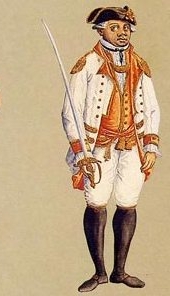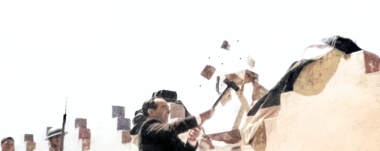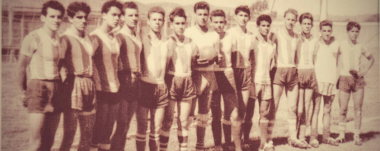Cartago: What Is the Puebla De Los Pardos?
The Virgen de los Angeles Day is approaching and we tell you what is the Puebla de los Pardos and its relationship with the negrita.
A bit of Cartago’s history
The city of Cartago had several relocations in its beginnings.
Cartago, as the main city of the province of Cartago, was founded by the spanish Juan Vázquez de Coronado in 1563, at the confluence of the Purires and Coris rivers.
Later, the conqueror Perafán de Ribera moved the city to the Matarredonda territory in 1572, at the confluence of the Tiribí and Damas rivers.
Finally, Alonso Anguciana de Gamboa took it to its present territory in 1574.
This city was the residence of the Spanish conquerors and governors from the year of its foundation until the Independence of the Central American Colonies in 1821.
Costa Rica’s Capital

Fun fact
In some official documents, the city of Cartago appeared under the name of Santiago de Cartago, due to Santiago Apostle, its religious patron saint.
On the left you can see the interiors of the Ruins of Santiago Apostle.
After independence, Cartago served as the seat for the country’s government meetings and assemblies. However, with the Pact of Concord of 1821, the capital rotated between the provinces of Cartago, San José, Heredia and Alajuela during 1822 to 1823.
However, in the Political Statute of 1823, he proposed that Cartago once again become the capital. But, just at that moment, the first civil war broke out between republicans and imperialists.
Thus, after the victory of the coalition formed by the cities of Alajuela and San José, the republican Gregorio José Ramírez took power and moved the capital to the province of San José.
Why Puebla de los Pardos?

The word pardo refers to the descendants of African slaves who mixed with Europeans and indigenous people, forming a mixture that was neither mulato nor mestizo.
La Puebla de los Pardos was a town that was formed in the western zone of Cartago. In fact, by the year 1629, many mulatos, pardos and black people settled near this territory, which they used to call “La Gotera”.
Costa Rica, being a Christian country, needed all its inhabitants to follow that doctrine. For this reason, Father Baltazar de Grado tried to convert this population into believers of that religion, but to no avail since they were very dispersed in the region.
It was not until 1650 that the new governor Juan Fernández de Salinas y La Cerda reduced this community to a single place: La Puebla de los Pardos.
Popularly, it is said that the statue of the Virgin of the Angels was found here in 1635 and in 1653, the same governor founded the brotherhood of the Virgin of the Angels and institutionalized the festivities of August 2, still alive today.
Three Spaniards, three mestizos and three mulatos were in charge of the festivities. These festivities lasted up to 15 days and were organized with gunpowder, bulls, costumes, lanterns, songs and dances.
Sensorial Sunsets
Navigate articles




